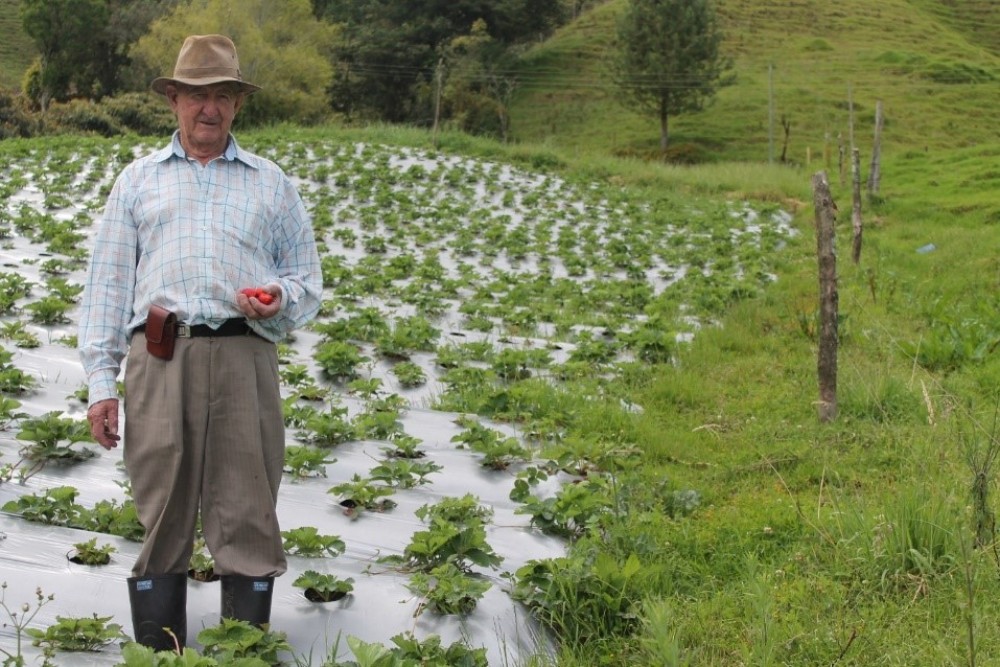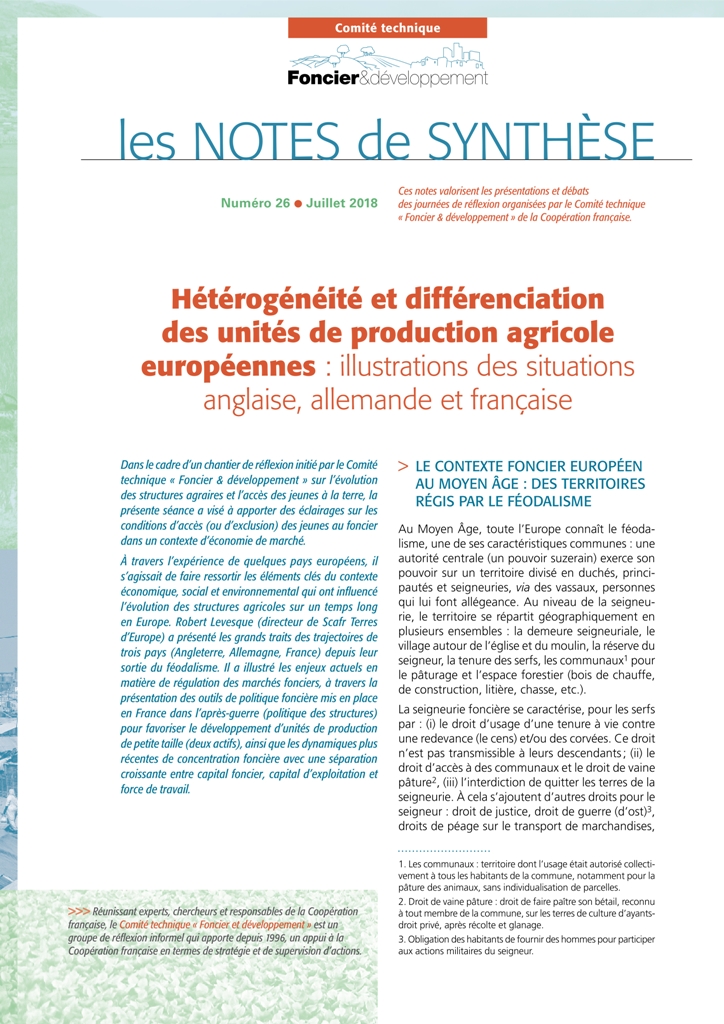Can group farms outperform individual family farms? Empirical insights from India
Is there an alternative model to small family farming that could provide sustainable livelihoods to millions of resource-constrained and often non-viable smallholders in developing countries? Could group farming constitute such an alternative, wherein smallholders voluntarily pool land, labour and capital to create larger farms that they manage collectively?






